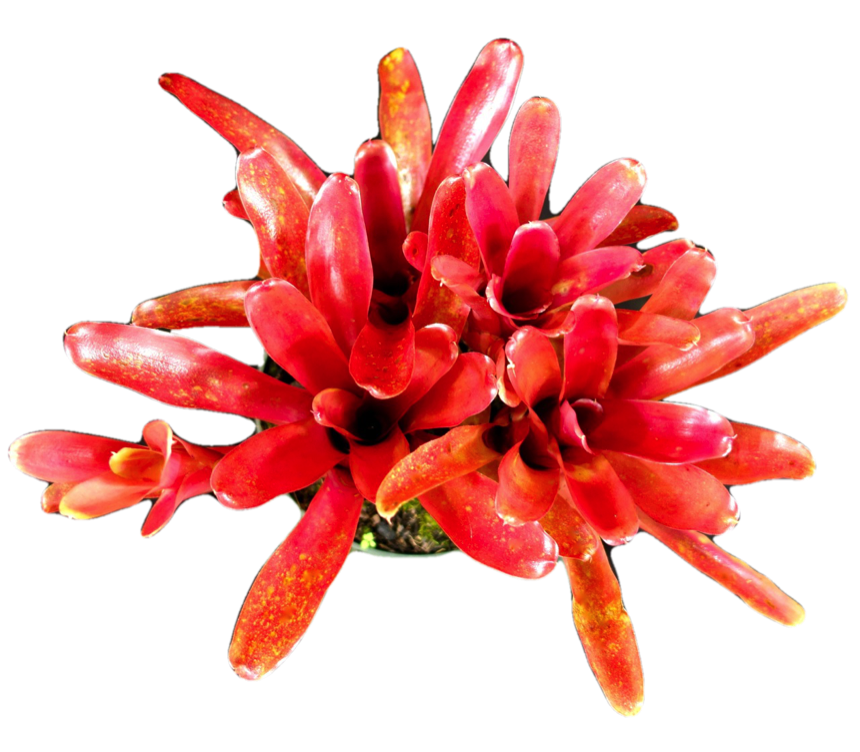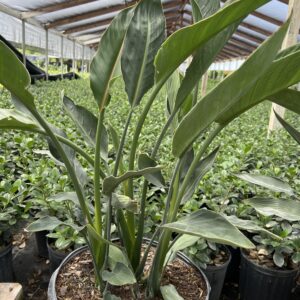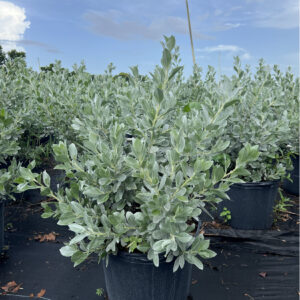Fire Ball Bromeliads
The bromeliad Neoregalia ‘Fireball’ features vibrant green leaves with intense red, orange, or pink hues. It thrives in warm, humid climates (USDA Zones 10-11), growing to 12 to 18 inches in height and spread. Preferring bright, indirect light and well-draining soil, ‘Fireball’ produces small, colorful flowers and is ideal for tropical gardens, containers, or indoor displays. It propagates easily through pups after flowering.
$50.71
Availability: In stock
Related products
-
All Products
Bird of Paradise Orange
$45.27 – $236.25 This product has multiple variants. The options may be chosen on the product page -
All Products
Silver Buttonwood
$22.63 – $586.28 This product has multiple variants. The options may be chosen on the product page
The bromeliad Neoregalia ‘Fireball’ is a stunning variety known for its fiery, eye-catching appearance. Here’s a detailed overview:
Color
Foliage: ‘Fireball’ features vibrant leaves with a striking color palette. The leaves are typically green with intense shades of red, orange, or pink, often forming a colorful rosette. The plant’s coloration can become even more vivid with increased light exposure.
Flowers: The inflorescence is generally modest, producing small, colorful flowers in shades that complement the foliage, often in red, pink, or purple.
Climate
Temperature: Thrives in warm conditions, ideally between 65°F and 80°F (18°C – 27°C). It should be protected from temperatures below 50°F (10°C) to avoid damage.
Humidity: Prefers high humidity, around 50-70%, making it suitable for tropical and subtropical environments.
Size
Mature Size: This bromeliad is medium-sized, typically reaching about 12 to 18 inches (30-45 cm) in height and spread, making it versatile for various indoor and outdoor settings.
Care
Light: Prefers bright, indirect light but can tolerate some direct sunlight. Excessive direct light can scorch the leaves, while too little light may dull the vibrant colors.
Watering: Water should be placed in the central cup formed by the rosette of leaves. Keep the cup filled with fresh water and ensure the soil remains moist but well-drained.
Soil: A well-draining mix, such as one containing orchid bark, peat, and perlite, is ideal for ‘Fireball.’
Fertilization: Apply a balanced, diluted fertilizer during the growing season. Avoid putting fertilizer directly into the central cup to prevent potential damage.
Hardiness Zone
USDA Zones: ‘Fireball’ is hardy in USDA Zones 10-11. In cooler climates, it should be grown indoors or moved inside during colder months.
Landscaping
Use: With its vibrant, fiery foliage, ‘Fireball’ is ideal for tropical gardens, containers, or as a striking indoor plant. It pairs well with other bromeliads and tropical plants.
Companion Plants: It complements other bromeliads, orchids, and tropical plants, adding a bold splash of color and texture to garden beds and indoor arrangements.
Additional Information
Propagation: ‘Fireball’ produces pups after flowering, which can be separated and replanted to propagate new plants.
Flowering: Like most bromeliads, ‘Fireball’ typically flowers once, with the main plant eventually dying back to allow new pups to grow.
The bromeliad Neoregalia ‘Fireball’ is celebrated for its fiery, vivid foliage and ease of care, making it a popular choice for adding vibrant color and dynamic texture to both indoor and outdoor tropical-themed spaces.
| Size | 6"inch |
|---|



